Where is it set?
From the English border
at Chepstow all the way to Worm's Head at the end of Gower. Across
the waters tracking the line of the Barrage. Upstream to where the
tides run out at Gloucester. The Islands. The ships. The boats. The
Lave fishermen at the Severn Bridge. The tunnels. The outfalls. The
bays and beaches. The power stations and cities. The ports. The harbours.
The mud. The wrecks and the caves. The English coast all the way to
Lynmouth. The railways and the piers and the hotels and the funfairs.
The drinkers, the drunks, the sandwich eaters, the ice cream consumers,
the dog walkers, the hunters, the bike riders, the nature lovers,
those who wreck, those with time on their hands. The past and the
present. How this place was once water, then all green valley and
how, down the line, it will all be water again. The walls and salt
marshes. Where Wales becomes England. The Severn Estuary. The edge
that runs for miles and miles.
What's it like?
For the moment it's largely flat, as coasts often are. This one in
its eastern reaches is especially so. It is flat because the waters
have made it thus. It heads west in front of me in a green self-indulgence
of farm with horses, caravan park, wrecking yard, container terminal,
turf field, mud beach, yacht mooring, sewage outfall, sprawl of hardcore,
smashed car, overgrowth, undergrowth, top growth, bottom growth, followed
by centuries lost fish henge, putcher rack, warning light, ditch,
drain, reen, and edge path pulped by cattle, stamped by men with rifles
and rods, walkers with dogs, in trainers, in boots, in country clothes
where, like the landscape, the green and the mud brown merge. This
coast that ebbs and flows as the tides do. Seawalls hold them back.
This is how the estuary
begins.

Big Cardiff?
This is the Tudor city region of Cardiff. The one I've walked
in my search for knowledge of that city. The place I was born. Cardiff.
Haven from the estuary's sea tigers. Port. A place where the Tudor
kings stationed their customs men. Everything that landed between
Chepstow and Worm's Head was under their control. They sat in their
stone house in the Porte of Kerdiv. The port of Cairdiff. The town
at the mouth of the Tav. The place where the rivers of Roth and Rymni
and Eilly all joined in a mud-filled delta rush. Cardiff with its
tiny population, less than two thousand in 1559 when the place was
designated a head port, commanding the whole of south east Wales.
How did Finch explore
it?
In 2011 I set out to walk it. The whole 138 mile route from the
Bridge over the Wye into England at Chepstow to the America-facing
sea cave at the far tip of the Worm's Head peninsula in Gower. It
took a while. I had companions. Fellow writers, fellow walkers. I
discovered a city region I never knew. One full of rain and light,
alienated from itself, crashed about with industry and the remains
of the same, scattered with farm and fence, overbuilt, underbuilt,
used for things you couldn't site where people lived. And at the same
time a place so dazzlingly beautiful you wondered why the world didn't
come here to see it. With its sunrises and sunsets and its layered
cliffs falling slowly into the western sea.
This was a Cardiff big
enough for its real purpose. Capital. Metropolitan centre of a largely
resentful and ever-rural Wales.
Who did Finch talk to?
To put this place I'd now discovered into context I went east
as far as the tidal Severn travelled. Crossed the waters to the English
coast and travelled that just to see how Wales might look through
other's eyes. I talked to industrialists, power generators, barrage
builders, environmentalists, authors, dog walkers, port operators,
lighthouse keepers, holiday makers, train enthusiasts, fishermen,
ship owners, administrators, travellers, drinkers, and people who
lived in sight of the waters because that's what they did.

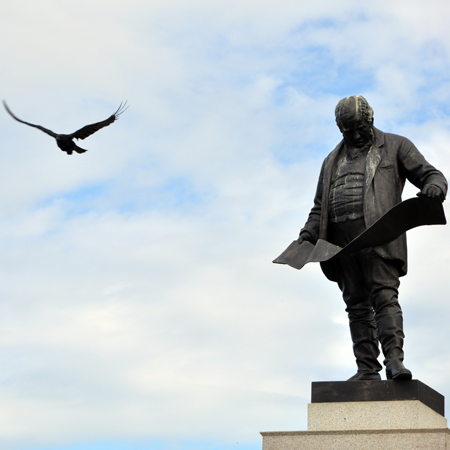
What happened next?
In 2012 I finished. I reached my destination. In the process I'd
acquired an understanding about just what this border region was.
About this place where one thing finished and another began. I'd learned
how Wales ended in water, how England in its riches watched, how the
tides kept on and how this great sea-filled valley rolled on out into
the wider world.
If I had a purpose it was
to walk the coast and then somehow cement what I'd covered into one
great conurbation, a super city. A city edging the sea, filled with
fields as much as metropolitan overbuild, an economic and cultural
powerhouse ready for the recovery that might come, if we play our
cards right, in our part of the post-crash capitalist twenty-first
century world.
And as soon as I'd done
it two things happened. First in May 2012 the Wales Foot Path opened.
This is a great trail that runs 870 miles from the southern border
at Chepstow to the Wirral in the north. My 138 miles over similar
(but rarely the same) territory gets lost inside it. Then, in July,
the Welsh Assembly-commission and pedantically named City Regions
Task and Finish Group recommended the creation of that which the Tudor
Kings has long made their own - a 1.4 million population Cardiff City
Region taking in Cardiff, Newport, Vale and Valleys - melding all
into an economic and administrative whole. Carport. Newdiff. Edging
The Estuary was suddenly a prescient text.
Back on the Estuary I walk,
take photographs, get rain in my face, listen again to the sea. This
river is as much sea ocean as it is landlocked waterway. By turns
it is grey, brown, blue and glinting white. Ships are lost on it.
It's empty. But for those who live near it, then it's blood.
The Photographs and the film
There are dozens of these. As a writer I use the camera as a notebook
recording what I see as much as I use it for creating new stand alone
pieces of visual art. Several selections from the yearlong walk can
be viewed by clicking the links below.
Part of the walk was also undertaken in the company of the author
Des Barry who has realised it as a short film. The link to City
Littoral is below.
The Book
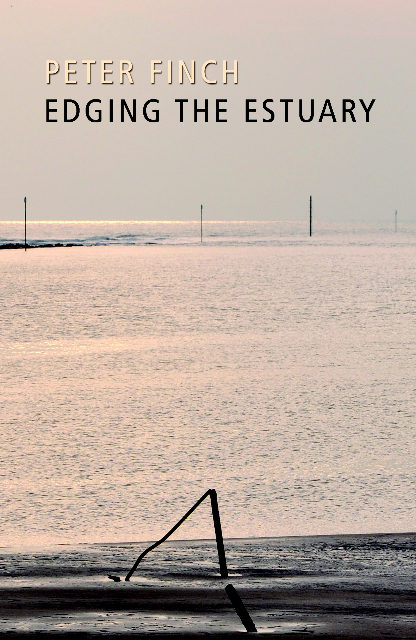
Edging The Estuary is published by Seren Books
isbn 9781781720844
300 pages. Paperback £9.99
2022 reprint
available from Seren Books
all good bookshops & from Amazon
It tells the whole story. Is it a real book? It's real enough.
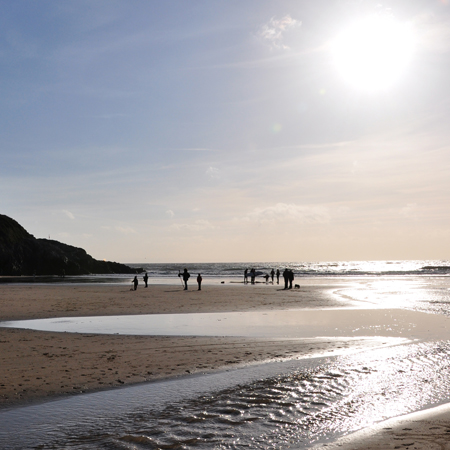
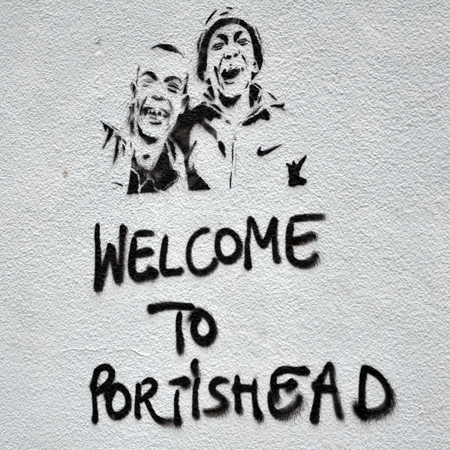
City Littoral - The film
Edging
The Estuary - Peter Finch
now available from Seren Books
see
more with PedrFinch's Flickr photosets
The
Estuary -The East: Chepstow to Redwick
The
Estuary - Wales Again
The
Estuary - The Tidal Limits - Gloucester
The
Estuary - Out In The Waters
The
Estuary - England: The Border to Lynmouth
The
Estuary - Gower: Oyster to Worm's Head
Estuary
-The West: Kenfig to Swansea
Estuary
- The Heritage Coast: Aberthaw to Porthcawl
Estuary
- The Beaches Everyone Visits
Estuary
- Cardiff
Estuary
- Newport
Estuary
- The Port of Cardiff
The
Estuary - Sailing on the Waters
Estuary
- The Land is Sinking
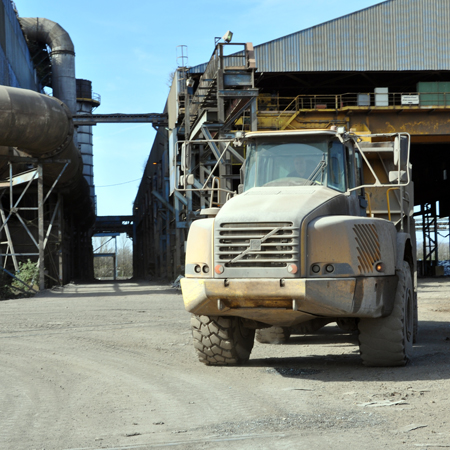
back to the top